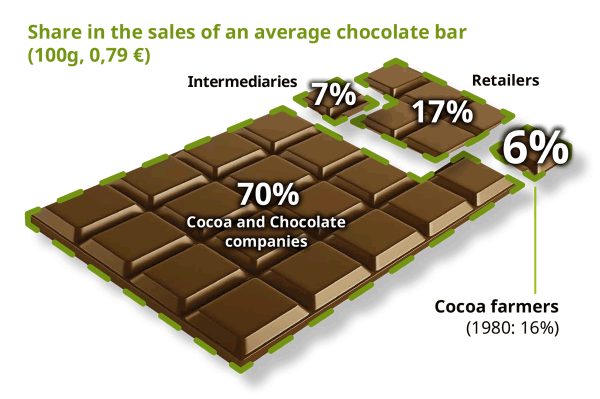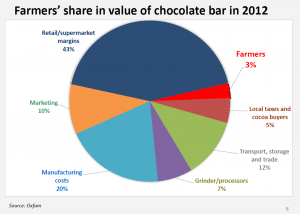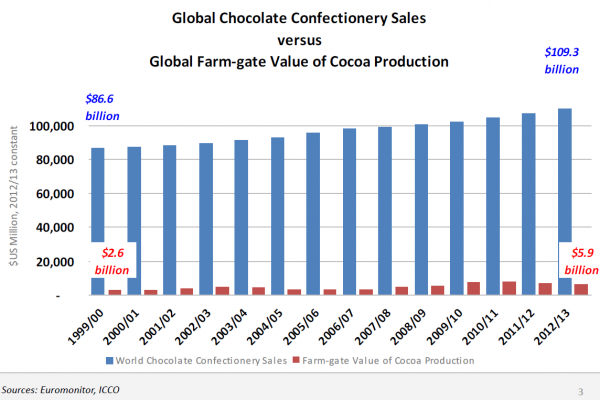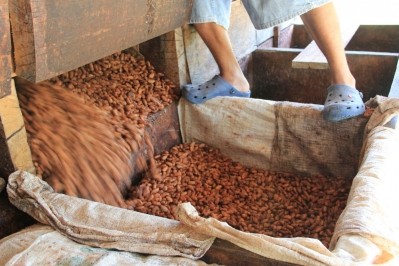Paying the price of chocolate: Breaking cocoa farming's cycle of poverty
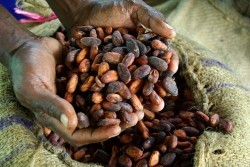
Cocoa farmers receive just 3% of the retail price of a chocolate bar, according to Oxfam.
Campaign Group Make Chocolate Fair puts the figure higher at 6% of the price of an average 100 g chocolate bar, but claims farmers received 16% in 1980.
Many cocoa farmers live on less than $1.25 a day, below the threshold of absolute poverty, according to the World Bank.
The average age of a cocoa farmer in West Africa, where over 70% of the crop is grown, is 50 years and many young people do not see a future in growing cocoa because it is a low return job that requires intensive manual labor.
Rising chocolate price by 3%
Jean-Marc Anga, executive director of the International Cocoa Organization (ICCO), said the industry could increase the recommended retail price of chocolate by 3% and pass the cost on to farmers to improve their income and keep the youth interested.
“If we were to raise the price of a chocolate bar by 3% it would make a difference at farm level but it would not hit the consumers too hard,” he said.
Industry efforts
The idea does not wash with Andy Harner, global cocoa vice president at Mars Chocolate.
“I would disagree with any naive thought of just passing through price increases to farmers. It's unfortunately more complicated than that.”
He said while the industry agreed that farmers needed higher incomes, it was more sustainable to empower farmers to negotiate a fairer price and to lobby producing countries to award farmers a greater percentage of the global cocoa price.
This strategy has been employed by Cocoa Action, an industry initiative by manufacturers and processors including Mondelēz, Barry Callebaut and Cargill that aims to improve farmer yields through fertilizer use and training.
‘The price has to be right’
During the World Cocoa Conference in Amsterdam last month, Victor Iyama, national president of Agricultural Commodities Association of Nigeria (FACAN) accused the industry of ignoring the pricing issue.
“You keep telling us about social programs – it’s good – but if you really want to be fair to us the price has to be right. I don’t see any reason why cocoa shouldn’t be $5,000 (per MT).” That’s moving toward double current prices.
He said that chocolate manufacturing was the “easiest part” of the value chain “…and they are making all the money.”
Antonie Fountain, coordinator at the NGO VOICE Network, said: “How can it be that there’s poverty in a chocolate industry worth over $80bn?”
“Unless we start talking about the money, we will not be talking about sustainability at all.”
Farmer perspectives
Kwame Asa Ofori, a 65-year-old Fairtrade cocoa farmer from Ghana, said that 500 Ghana cedis ($165) for a 62 Kg bag of cocoa would be, “adequate enough to sustain the industry”.
Views
“Whether there was an increase in price it doesn’t necessarily mean it will filter down to the grower.”
Emile Mehmet, editor of the Public Ledger:
“If you think about the sugar farmer, the sugar farmer gets less and there’s more sugar in chocolate.”
Torben Erbrath, managing director of the BDSI (German Confectionery Association)
“Consumers certainly in Western Europe and North America will pay that – 3% isn’t so much of a problem in these countries.”
Lauren Bandy, ingredients analyst for Euromonitor International
“The way we price our chocolate should be transparent.”
Arjen Boekhold, chain director of Tony’s Chocolonely [His company guarantees that 5% goes to farmers as the farm gate price for cocoa.]
“The price for a bag of cocoa - and reaching a bag of cocoa is by no means a small job - is 212 Ghana cedes that's about $80. Before you get this $80 it takes you through hardships."
According to Cadbury’s website, cocoa trees begin to bear fruit when they are 3-4 years old. Each tree yields 20-30 pods per year and it takes the whole year's crop from one tree to make 450 g of chocolate.
Ghanaian cocoa farmer Joseph Yaw Bosompe, said: “When you look at the work involving cocoa farmers, I don’t think it is the right amount of money we are receiving now…the world needs to recognise this because if we want to eat chocolate and anything that is made of cocoa they have to give farmers incentives and motivation.”
Ensuring the benefits reach farmers
Mars’ Andy Harner said it was a naive assumption to add 3% for the price and then try to add that 3% to a cocoa farmers’ price. “The supply chain really isn't that direct and transparent,” he said.
David Kpelle, programme director of the Africa Cocoa Coalition said that there could be a tax on the futures market that would allow governments to invest in infrastructure. Governments could also set a minimum guaranteed farm gate price, he added. The Cote D’Ivoire currently has a guaranteed minimum cocoa farm gate price of 750 CFA francs per kilogramme ($1.58).
Bill Guyton, president of the World Cocoa Foundation (WCF), said that Indonesia and Ecuador awarded a greater percentage of the world market price to farmers and these models could be replicated in other producing nations. It is worth noting these countries are significantly more economically advanced than the Cote D’Ivoire and Ghana.
The director of Solidaridad Ghana Isaac Gyamfi said that the market must pay more, but a lot needed to happen to ensure net gains reached the farmer. “The industry, the retailers, the marketers need to seed off part of their profits by way of increased prices to the farmers.”
“Governments have to review their own taxation policies so that the net gains of any value addition by way of pricing gets back to the farmer to increase that incentive.”
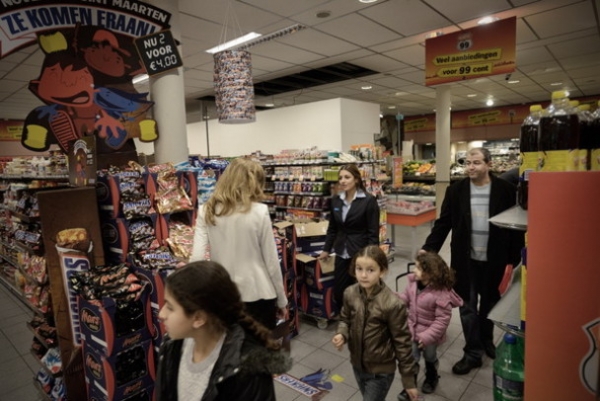
Boosting yields
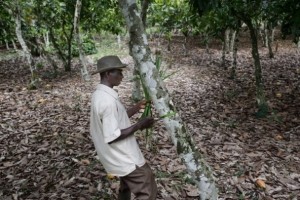
Jos De Loor, president of Cargill Cocoa & Chocolate, agreed that farmers’ incomes needed to improve but rejected any artificial price fixes.
“In order to have successful farmers for generations to come it needs to be attractive. It’s not about the price only – it’s about the income for farmers. We need to get increasing yields and that will be part of the solution.”
Last year, Mars publicly released the genetic markers for the world’s most commonly cultivated cacao plant.
"If you're able to deploy that science in a meaningful way that will have a huge impact on farmer income,” said Harner. He claimed the science could help protect crops from pests and diseases that could increase supply by 30-35% on existing land.
Other strategies
Han de Groot, executive director of certified cocoa suppler UTZ Certified said that farmers must be properly rewarded if the chocolate industry was to remain competitive in the future, but said it should come from the buyer first.
“Actually, that’s the only way to keep farmers motivated to stay in the sector and to boost sustainable cocoa production worldwide. If this results in higher prices for consumers, so be it.”
One alternative suggested by some is to reduce the size of chocolate products yet keep the same price. ICCO head Anga also urged industry to promote multicropping for cocoa farmers, so that farmers had additional income from other crops such as palm or rubber.
